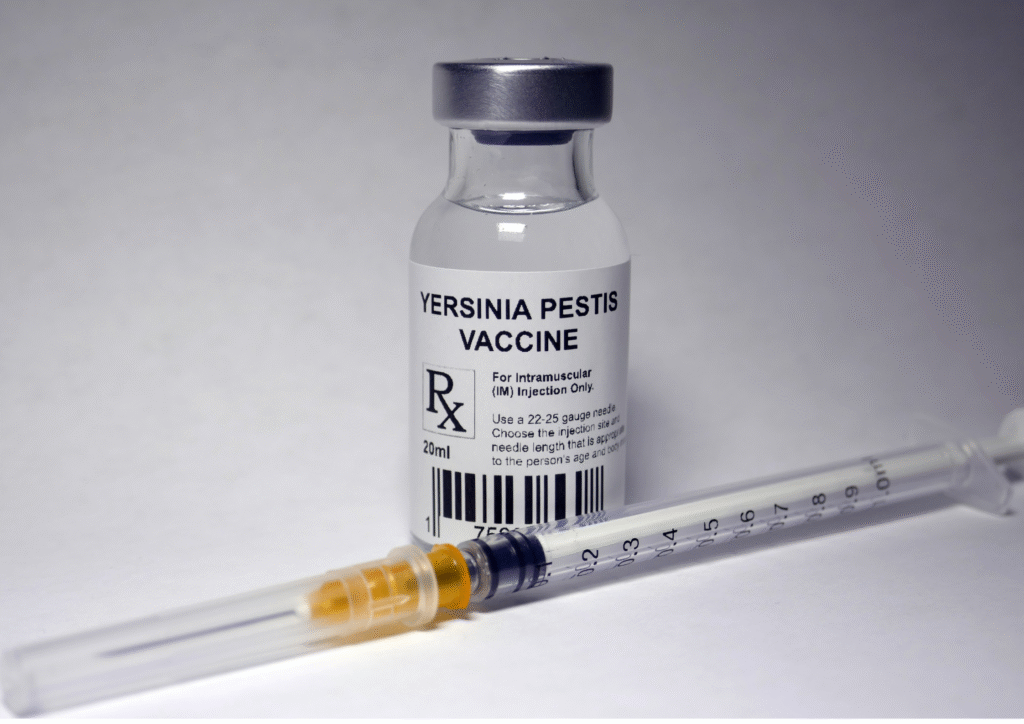
Are we on the brink of another pandemic, or is the internet just doing what it does best, panicking early? If you’ve seen headlines in 2025 about the bubonic plague making a comeback, you might be wondering: “Wait, I thought this disease was from the Middle Ages, why is it trending now?”
If you’re scared, confused, or just curious, you’re in the right place. This explainer on the bubonic plague aims to help you understand its modern risks, reduce fear, and combat misinformation.
Why This Isn’t Just a History Problem
Most people know the bubonic plague as “The Black Death,” which killed over 25 million people in Europe in the 1300s. But here’s something they don’t know: it never actually went away. The disease has continued to exist in small outbreaks all over the world, including in the United States, China, Mongolia, and Africa.
“Plague is still found in rural parts of the western United States,” states the Centers for Disease Control and Prevention (CDC) in its official 2023 fact sheet.
Source: Centers for Disease Control and Prevention (CDC) – Plague Fact Sheet (2023)
So why is it suddenly trending in 2025?
What’s Going On in 2025?
In early 2025, reports from China and the U.S. confirmed a few human cases of the bubonic plague. Most were caught early, treated with antibiotics, and fully recovered.
“Plague is rare, but it’s not gone. Most modern cases are treatable,” explains Dr. Natasha Hochberg, an infectious disease specialist at Boston Medical Center.
However, thanks to social media and a little panic, news spread like wildfire—sparking fears of a new pandemic.
So… Should You Be Worried?
Some people believe we’re heading toward another major outbreak. They point to increased travel, climate change, and poor healthcare access as factors that could allow old diseases to make a deadly comeback. And yes, there’s some truth to that. Warmer temperatures have increased rodent populations in some regions, and human-animal contact has grown due to expanding cities.
On the other hand, experts agree that we’re far more prepared now than we were in the 14th century. Antibiotics like streptomycin and gentamicin can effectively treat plague if caught early. The CDC also tracks and monitors possible outbreaks worldwide.
So while it’s okay to stay alert, you don’t need to start sewing a medieval mask. (Unless that’s your aesthetic. In which case, do you!)
How the Plague Spreads (and How It Doesn’t)
Let’s clear up some confusion. The plague is caused by a bacteria called Yersinia pestis, spread by fleas that usually live on rodents like rats or prairie dogs. You don’t catch it from sneezing strangers on a train. It usually comes from handling infected animals or flea bites.
There are three forms of plague:
- Bubonic: Characterized by swollen lymph nodes (buboes).
- Septicemic: An infection of the blood.
- Pneumonic: A lung infection, which is contagious person-to-person.
However, modern cases are almost always caught in the bubonic stage. That’s the least contagious and the most treatable.
Why the 2025 Resurgence Matters More Than You Think
You might be thinking: “Okay, but if the plague is rare and treatable, why does this matter?”
Because outbreaks, even small ones—remind us how fragile our public health systems can be. They show us the cracks. And more importantly, they show us how fast fear spreads online, sometimes faster than the disease itself.
“Social media plays a massive role in amplifying health scares,” according to a 2021 study from the Journal of Medical Internet Research.
It’s like a game of digital telephone, except instead of “Marco Polo,” someone ends up yelling “black death” on TikTok.
What You Can Do (Without Panic)
Here are a few simple things you can do to stay safe and sane:
- Trust Health Sources, Not Just Headlines. Go to cdc.gov or who.int before believing viral posts. Avoid news that sounds like clickbait—if it’s dramatic, it might be misleading. Source: World Health Organization (WHO) – Official Website and Centers for Disease Control and Prevention (CDC) – Official Website
- Be Aware in High-Risk Areas. If you live or travel in rural areas where plague is known to exist (like parts of Arizona, New Mexico, or Inner Mongolia), keep pets away from wild rodents and use flea control. Source: CDC – Areas Where Plague Occurs
- Don’t Handle Dead Animals. This seems obvious, but here we are in 2025. If you find a dead animal, especially rodents, don’t touch it. Call local animal control or health officials. Source: CDC – Preventing Plague
- Know the Signs of Infection. Early symptoms include: fever, chills, headache, and swollen, painful lymph nodes. If you’ve been in a risk area and feel sick, see a doctor immediately. Early treatment makes a big difference. Source: CDC – Symptoms of Plague
The Final Word: Stay Aware, Not Afraid
The bubonic plague is real. It’s still out there. But in 2025, we have something people didn’t have 700 years ago: science, medicine, and reliable information (if we look for it).
Yes, outbreaks still happen. Yes, the news can make it sound terrifying. But the truth is: this isn’t a horror movie. It’s a solvable problem.
So take a breath. Wash your hands. And maybe stop watching plague documentaries at midnight.
✅ Want to take action? Bookmark this article. Share it with someone who’s panicking in the group chat. Then log off, touch grass (but not rats), and move on with your life.




